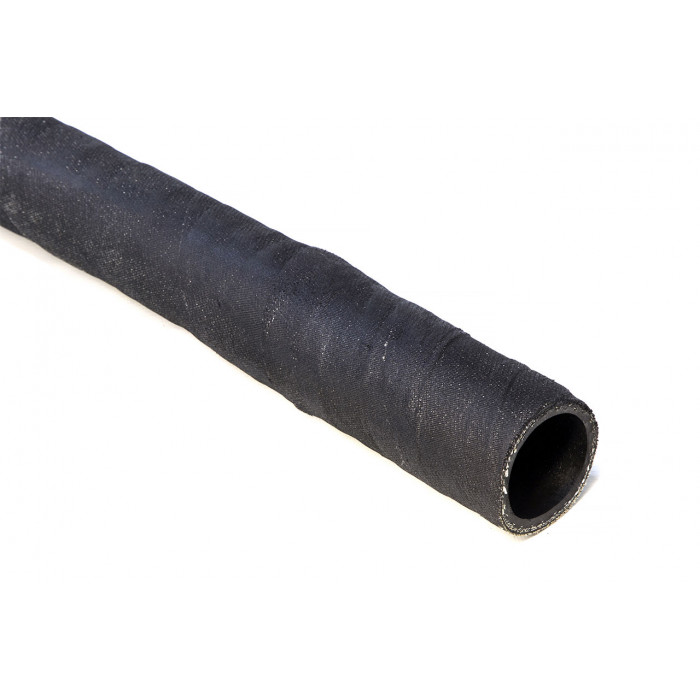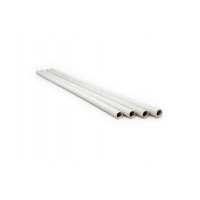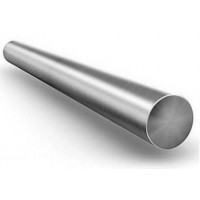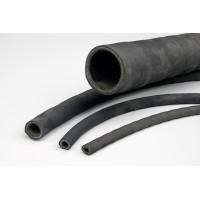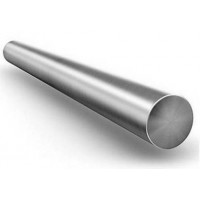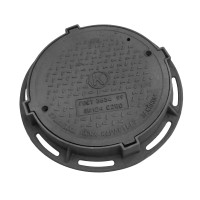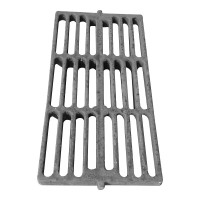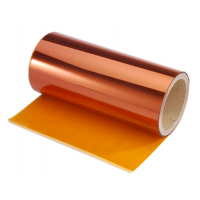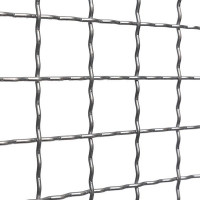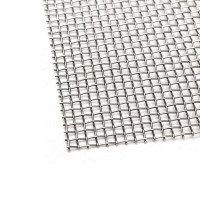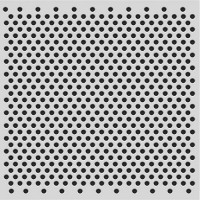Rivne sleeves rubber high pressure, pressure head soaking up, MBS
The high pressure hose is a flexible conduit for transporting special hydraulic and motor fluids based on mineral oil, paints, liquid fuels, greases, glycol or water emulsion under pressure to transmit working force. Structurally, it consists of two or more rubber tubes placed one inside the other, reinforced with metal braids or coils, equipped with connecting fittings. High pressure hoses are used in hydraulic systems of various machines and mechanisms. Operable at t° from -40°С (in some cases, the operating temperature can be from -55°С to +100°С)
Design
Sleeve: - oil and petrol resistant rubber
Reinforcement: - High tensile steel/textile/synthetic braid/winding in 1,2,3,4,6,8 layers
Coating: - Rubber weather-resistant oil-petrol-resistant abrasion-resistant ozone-resistant
Fitting: - Metal, made according to a certain unified standard (GOST, JIS, ISO, DIN, BSP, JIC, ORFS, BANJO, NPTF) Fe / Zn-anti-corrosion spraying, straight or made at an angle to the hose axis of 45 ° and 90 ° , with straight/taper mate at 24°, 37°, 60°, 74°.
Designation according to GOST - 08-25-0450 (M16x1.5) where:
08 - sleeve inner diameter (mm),
25 - pressure (MPa),
0450 - length (mm),
M16x1.5 - connecting thread.
For the assembly and crimping of hydraulic elements, special machines of various types are used. Crimping equipment, cutting and debarking machines are most often referred to such high pressure equipment.
Technical description
The most important difference between European and Russian high pressure hoses is the fact that Europeans set DN (nominal diameter) in the English (inch) measurement system. This does not impose differences on the dimensions of the majority of RVDs, however, they are still present. For example, an imported hose with DN 12 has 12.7 mm, which is more than that of the Russian high pressure hose. The minimum bending radius is completely similar to the figures specified in the domestic standard.
braided construction
The most common designs are braided high pressure hoses. Since 1997, in Europe, the production of rubber hoses with metal braids has been regulated by special inter-European standards EN 857, as well as EN 853. These standards set the production process for high-pressure hoses used to work with hydraulic fluids (see ISO 6743-4) in temperature range -40 - 100 degrees Celsius, or with emulsions of water or oil, having a temperature of -40 to 70 degrees. Since in Russian hydraulic drives, fluids suitable for the above ISO are also used, the European requirements are quite applicable to domestically produced high-pressure hoses.
According to EN 853 there are 4 types of braided hoses: 1ST, 2ST, 1SN, 2SN. The first two of them are high pressure hoses with one (two) brass wire braids. These types, in terms of their design characteristics, are closest to the requirements of the domestic standard - GOST 6286-73. 1SN and 2SN have one important difference from the previous two types, otherwise completely duplicating them. During their manufacture, the outer layer of rubber is made thinner, which makes it possible to carry out reinforcement of high-pressure hoses without additional preliminary stripping of the outer rubber layer.
The EN 857 standard refers to high pressure hoses formerly known as "compact" and designates them 1SC and 2SC. This type of high pressure hose is designed specifically for cranes, and therefore have a smaller bending radius. The working environment is similar to other types of braided hoses. 3 SK sleeves should be considered a special type of braided sleeves. These are hoses that are designed for use with high impulse loads, compared to 2SC hoses. At the same time, it is increasingly common to use these sleeves instead of 4SP and even 4SH sleeves.
Coiling design
The second group of high pressure hoses is regulated by EN 856.
High pressure coiling hoses according to EN 856 are produced in four types: 4SP - has four spiral coils of steel wire, designed for use in medium pressure conditions; 4SH - has four coils of special strength wire, designed for use in high pressure conditions; R12 - has four windings, a heavy hose, designed for long-term work at high temperatures and medium pressures; R13, R15 - multi-spiral (mainly six-coiled) HPH for the most difficult working environments has an increased service life, is used at the highest pressures, heavy loads.
Coiling high-pressure hoses in Europe are produced by a small number of companies, in small quantities, mainly 4SP hose, however, the production of high-pressure hoses of the 4SH type has been growing for a long time, since it is often used on excavators CATERPILLAR, KOMATSU, CASE, etc.
High pressure hose type 4SH is characterized by maximum working pressure, tightness, increased level of minimum ruptureth pressure. The latter indicator is minimal for the type R12, however, this does not affect the price of these types. This is because the 4SP and 4SH hoses according to ISO 6803 withstand 400,000 cycles (min) at 100°C, while types R12 and R13 are able to withstand at least 500,000 double cycles at 120°C and a pressure of more than 2 times higher than the working one.
Comparison of high pressure hoses of braided and winding structures
In the sleeves of the coiling structure, the coils are wound in such a way that the plane of the coil is perpendicular to the axis of the sleeve. In contrast, in the sleeves of the braided construction, the turns of the reinforcing wire are wound along a helix (moreover, different helixes are wound crosswise). Due to this structure, with the same thickness of the wires and the same number of wires, in the sleeves of the coiled structure, the wires are able to withstand higher pressures. However, in coiled hoses, the coils of wire diverge more easily when the hose is bent, and therefore the minimum allowable bending radius is much larger than comparable braided hoses. Due to the latter circumstance, the vast majority of high pressure hoses are performed according to the braided scheme.
The main parameters that determine the quality of a high-pressure hose include:
1. Working pressure of high pressure hose.
2. Operating temperature range.
3. The radius of the bend of the sleeve.
4. Coating used (top layer) of the sleeve.
Operating temperature range
The operating temperature is the temperature of the working fluid in the high pressure hose at which the high pressure hose operates in normal mode. Norms DIN 856 and 857 provide for operation in the range from -40 to +100 degrees.
Some manufacturers produce high pressure hoses specially designed for use in extreme conditions: from -55 to +155 degrees. Typically, the line of these sleeves is designated separately for each manufacturer and is its competitive advantage.
Sleeve bending radius
Hose bending radius is one of the most important technical characteristics of high pressure hoses. The lower this indicator, the more convenient it is to work with a high-pressure hose during its installation and operation. The radius is measured on the inside of the arc. The flattening of the hose in this case should not be more than 10% of the original outer diameter. Before bending the hose, the outer diameter is measured with an expander gauge. The hose is then bent and the flattening is again measured with a sliding gauge.
Application
Professional industrial hydraulic equipment
Construction and road machinery (Bulldozers, excavators, cranes, loaders, motor graders), forestry equipment, etc.
Trucks and specialized vehicles
Agricultural and automotive machinery
Railway equipment and track machines
Handling equipment
It is sometimes used as a self-defense melee weapon to keep in a car, as it is not subject to gun laws, unlike clubs and baseball bats.
How are RVDs designed?
The main design features of flexible pipelines of different production are similar. They consist of several layers:
internal sealing rubber layer (made of rubber with a special composition, which ensures the tightness of the hose, and is also resistant to aggressive media and stretching);
metal reinforcing layer (made of high-strength wire or synthetic threads, there may be several such intermediate layers if the hose is to be used in systems with very high pressure);
outer protective rubber layer (protects against external damage, ensuring the strength and durability of the sleeve, the rubber for this layer is characterized by high wear resistance).
Metal fittings are installed at the ends of the hose, which allow you to connect it to different systems. Design features of hoses may vary depending on the purpose for which they are created. For example, the reinforcing layer can be made in the form of a braid or winding.
In the sleeves of the braided structure, the coils of the reinforcing wire are wound along a helix and different helical lines are wound crosswise. In the sleeves of the coiling structure, the coils are wound in such a way that the area of the coil is perpendicular to the axis of the sleeve. Thus, under the condition of the same thickness of the wire and the same number of coils of winding/braiding in the sleeves of the coiling structure, the reinforcement is able to withstand higher pressure. But, in turn, in a coiled design, the wire turns diverge more easily when the high pressure hose is bent; accordingly, the minimum allowable bending radius of the hose is much larger than for hoses with a braided design.
The main parameters that determine the quality of the high pressure hose are:
working pressure RVD;
Operating temperature range;
sleeve bending radius;
coating used for the top layer of high pressure hoses.
No questions about this product, be the first and ask your question.

